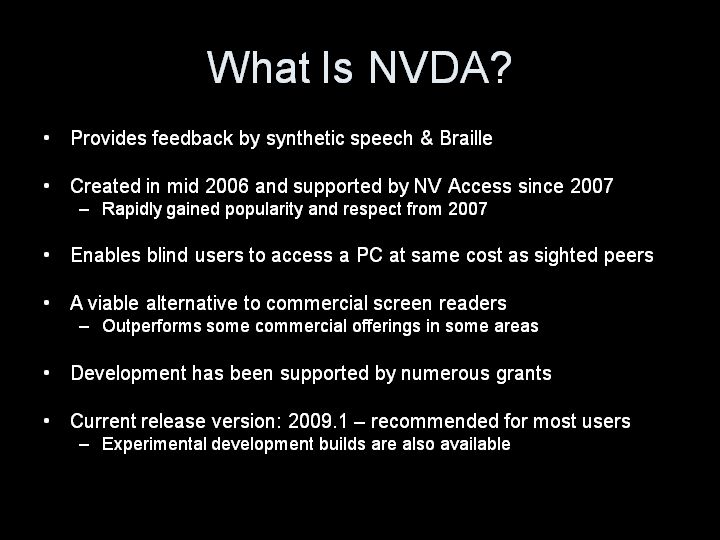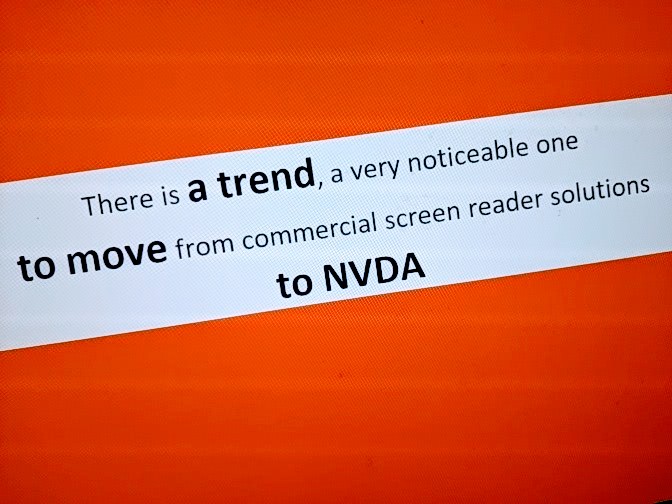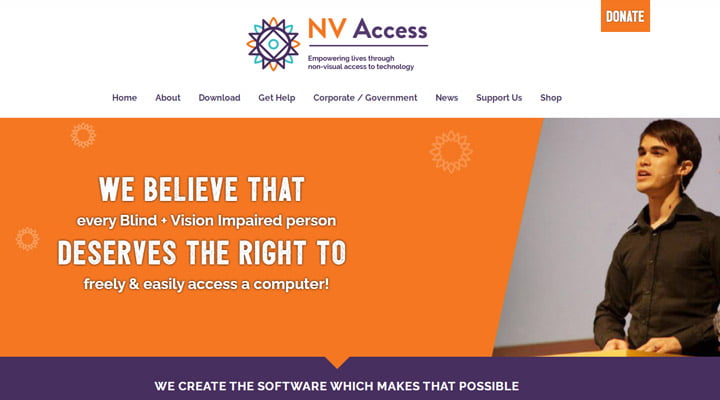

Also, avoid using outline: none as this removes focus styles completely from view.

It’s good to make a habit of adding this whenever the :hover pseudo-class is used. NVDA does not have a custom focus style so it is very important to style page elements with the :focus pseudo-class. Others like Apple’s VoiceOver or Google’s Chromevox have a custom focus style for links or for input controls that aid in navigation. One feature that other screen readers have that NVDA doesn’t is custom focus styles.

This will open a new, always-on-top, window with a continuous log of text that is being described by NVDA. To enable descriptive text output, check the Tools > Speech viewer checkbox. If you’re used to using VoiceOver and miss the on-screen text description output, NVDA also has this available as a feature. Do those “read more” links give enough context to be useful? It also helps with testing by gaining an understanding of what each element might sound like to the end user. This is helpful to quickly skip to a specific area or element on the page. KeyĬtrl + Alt + Up / Down / Left / Right arrowīy pressing NVDA + F7, NVDA displays a listing of all elements on the page.

Elements can be cycled through backwards by holding shift, then press the shortcut key. These shortcut keys can be used to quickly jump between specific elements on a page. Here are some basic shortcuts to read text using NVDA. This can be set in the Preferences > Keyboard settings. As an option, if you are using a laptop you can also use the caps lock key as a modifier. So, for example, to start reading a web page, you could press Insert + Down Arrow. NVDA’s default keyboard modifier key is the Insert key. The NVDA modifier keyĮach screen reader has a special key or key combination to perform tasks. Quitting NVDA is done by pressing NVDA + q, then Enter at the prompt. NVDA is available for download here: /downloadĪfter everything is installed you can press Ctrl + Alt + n to start NVDA. There is also a ton of braille display support! It is available for the Windows operating system and officially supports Internet Explorer, Firefox, and Chrome web browsers. NVDA is a free and open source screen reader from NVAccess.


 0 kommentar(er)
0 kommentar(er)
